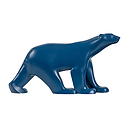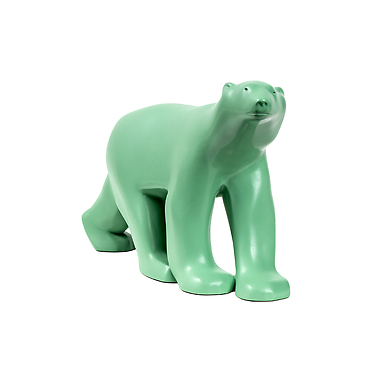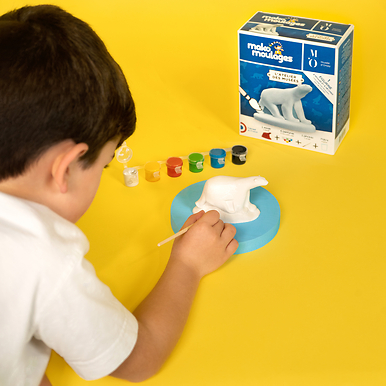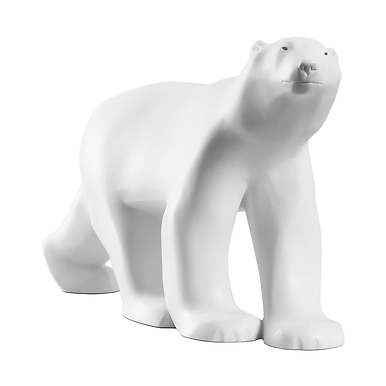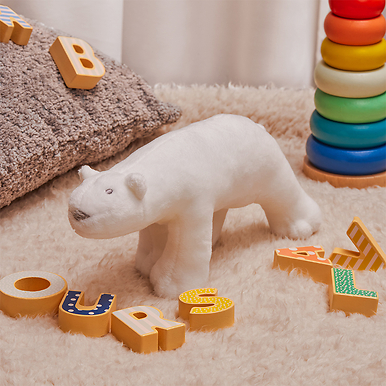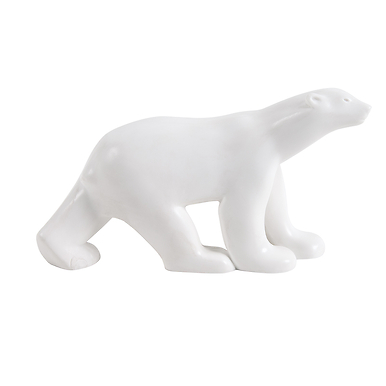Sculpture François Pompon Bear - Night Blue
RF006805
For the end of the year, a new color adorns our reproduction of the Pompon's bear : night blue !
This new color follows last year ice blue, from the poles to the starry night
Be tempted by our night or day Pompon bear !
Each reproduction is made from the original sculpture's cast.
The reproduction...
Read more
For the end of the year, a new color adorns our reproduction of the Pompon's bear : night blue !
This new color follows last year ice blue, from the poles to the starry night
Be tempted by our night or day Pompon bear !
Each reproduction is made from the original sculpture's cast.
The reproduction of the White Bear is an identical cast of the original sculpture by François Pompon (1855-1933), on display at the Musée des Beaux-Arts in Dijon. Each of the reproductions from the Rmn-Grand Palais molding workshop reveals the talent of this great animal sculptor, and exalts the lyricism of the light in the polished surfaces and the economy of detail of the original sculpture, the best-known example of which has been on display at the Musée d'Orsay since 1986.
For the centenary of Pompon's White Bear, presented at the Salon d'Automne by François Pompon in 1922, our famous reproduction has been given a night blue colour.
Close
Sold by GrandPalaisRmn



